Accomplishments
One Mountain, One Vision
The launch of One Tam in 2014 represented the first time that its five partners had formally come together to offer a single vision, and a holistic strategy for stewarding Mt. Tamalpais beyond our individual borders. In the years since, we have realized our vision through our combined youth and volunteer engagement programs, science and monitoring work, and on-the-ground projects. Some key accomplishments include:
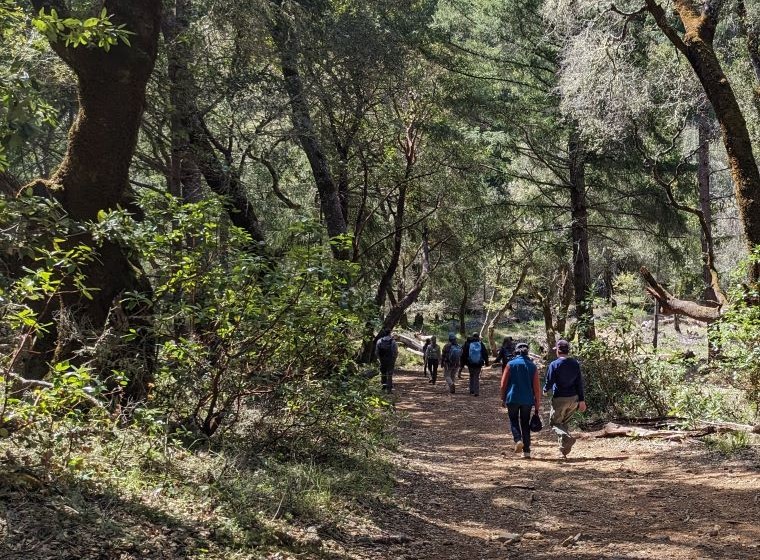
One Tam partners have developed a strategy to improve and maintain the natural resilience of forests and woodlands in the face of stressors such as plant disease, introduced weeds, present and past land-use, the legacy of colonization, climate change, and hazardous wildfire. We worked with the Federated Indians of Graton Rancheria, fire agencies, scientists, and consultants to study the current condition of our forests, threats to their health, and how we can prioritize collaborative action. The Marin Regional Forest Health Strategy was published in 2023, and the work on the ground is just beginning.
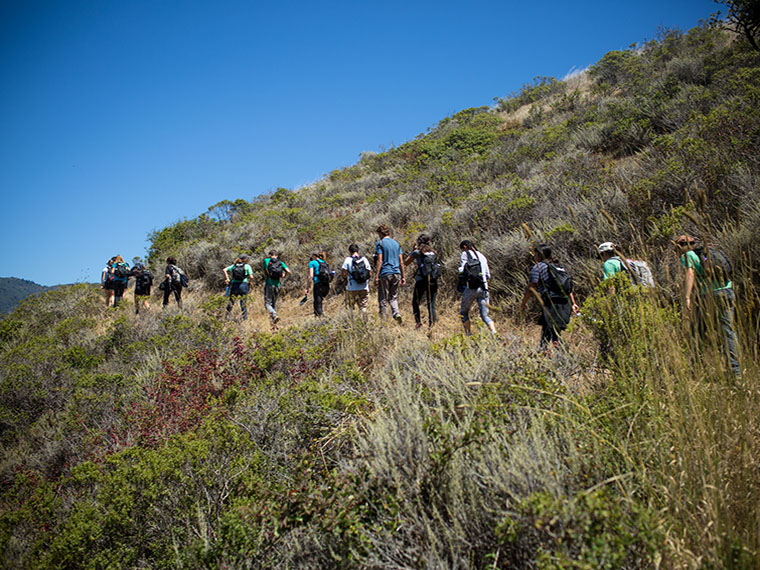
Since 2015, the One Tam Youth Programs have offered engaging experiences to inspire the next generation of stewards. These include the immersive, summer-long high school internships and an academic-year leadership program, and Schools on the Watershed, which provides environmental education opportunities for Marin elementary, middle, and high schools.
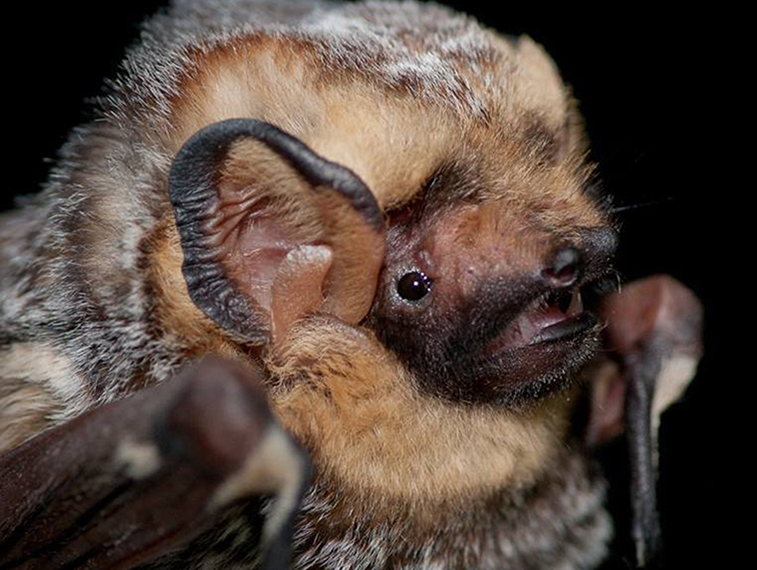
A big-picture view of the mountain’s ecological communities allows us to prioritize actions to help them thrive, and also helps us plan for the impacts of climate change and other stresses. One Tam is filling several key gaps in our understanding of the mountain’s overall health identified in our Peak Health effort (first completed in 2016 and updated in 2023), including regional inventories of bats, bees, and California giant salamanders, and a countywide vegetation mapping project. We have also continued to inventory grasslands and rare serpentine plant species, and to track and manage invasive weeds across Mt. Tam.
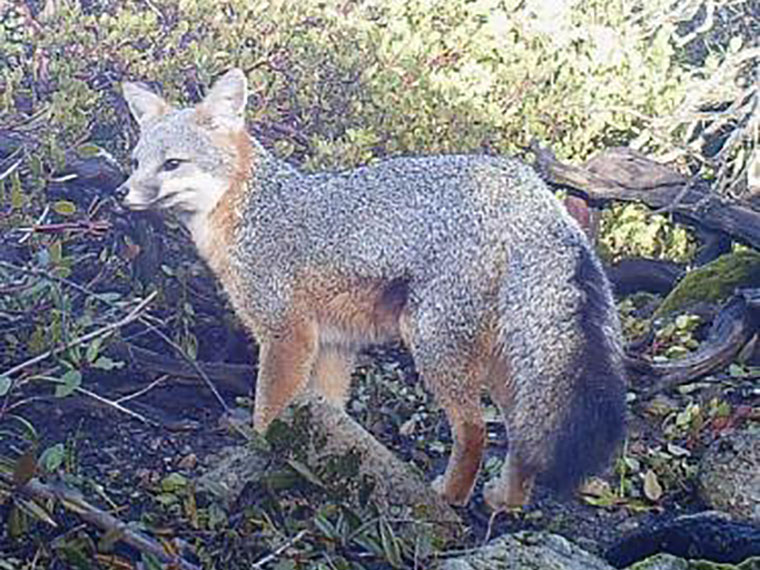
Our community science programs provide opportunities for community members to participate in our scientific inventory and monitoring work. Volunteers gain science skills while helping us fill gaps in our knowledge of the mountain's overall health. Marin Wildlife Watch, which tracks mammal populations using motion-activated cameras, will reach a 10-year milestone in 2024, providing an important baseline about how mammal populations are doing, how they use the landscape, and how that landscape supports them. Our Tamalpais Bee Lab which studies local bee populations, continues to evolve and produce new knowledge to help us protect all-important pollinators. And our bioblitz program offers an engaging way to document the biodiversity of our public lands.
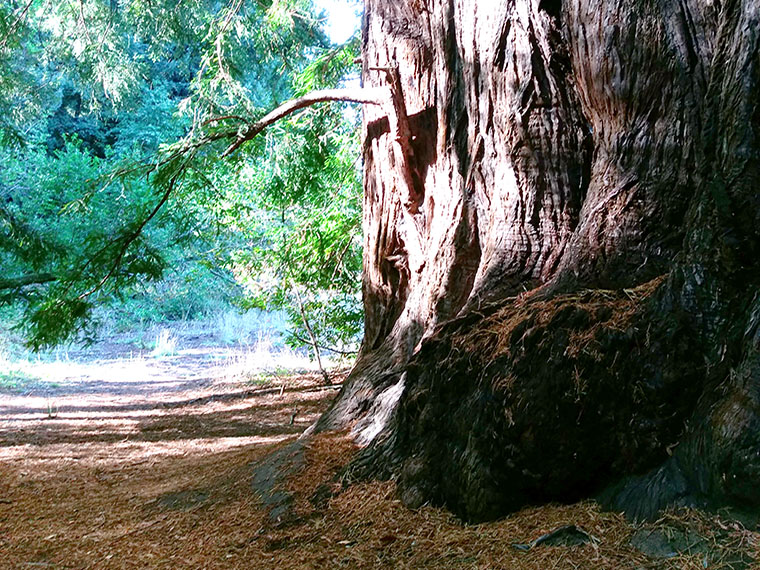
Roy’s Redwoods Open Space Preserve immerses its visitors in the wonders of an old-growth redwood grove. However, the forest understory and creek habitats have been impacted by informal trails. One Tam and Marin County Parks worked with the community to envision a thoughtful trail system that supports restoration while still allowing visitors to explore and enjoy the preserve’s magic. Construction began in 2023 and reopening is expected for late 2024.

